Complete guide to watermelon peperomia
These jungle-dwelling gems are great for first-time plant parents thanks to their compact size, simple needs, and wonderfully waxy leaves.

Perhaps the trendiest type of peperomia, watermelon peperomia are a fantastic tropical species for beginners. They respond well to some basic care commitments, giving you a small but stunning pop of colour. Here's the quick low-down on watermelon peperomias:
- Choose a spot with medium light as direct sunlight will scorch their leaves
- Give them a drink when the top inch or so of soil feels dry
- Mist them now and then to help with humidity
- Ideal temperatures range from 18 to 26°C
- They don’t need repotting very often
All about watermelon peperomia
The fabulously fleshy foliage of watermelon peperomia (peperomia argyreia) has made them a household name. Their gorgeous green oval-shaped leaves are adorned with striking silver streaks, a bit like the skin of a watermelon. These jovial jungle natives thrive on the forest floor in parts of South America like Brazil and Ecuador.
In the wild, watermelon peperomia can reach heights of 12 inches (30 cm) but don't usually hit this size when kept indoors. While they may “flower” during the growing season, all you'll see are some spiky shoots rather than blossoming buds.
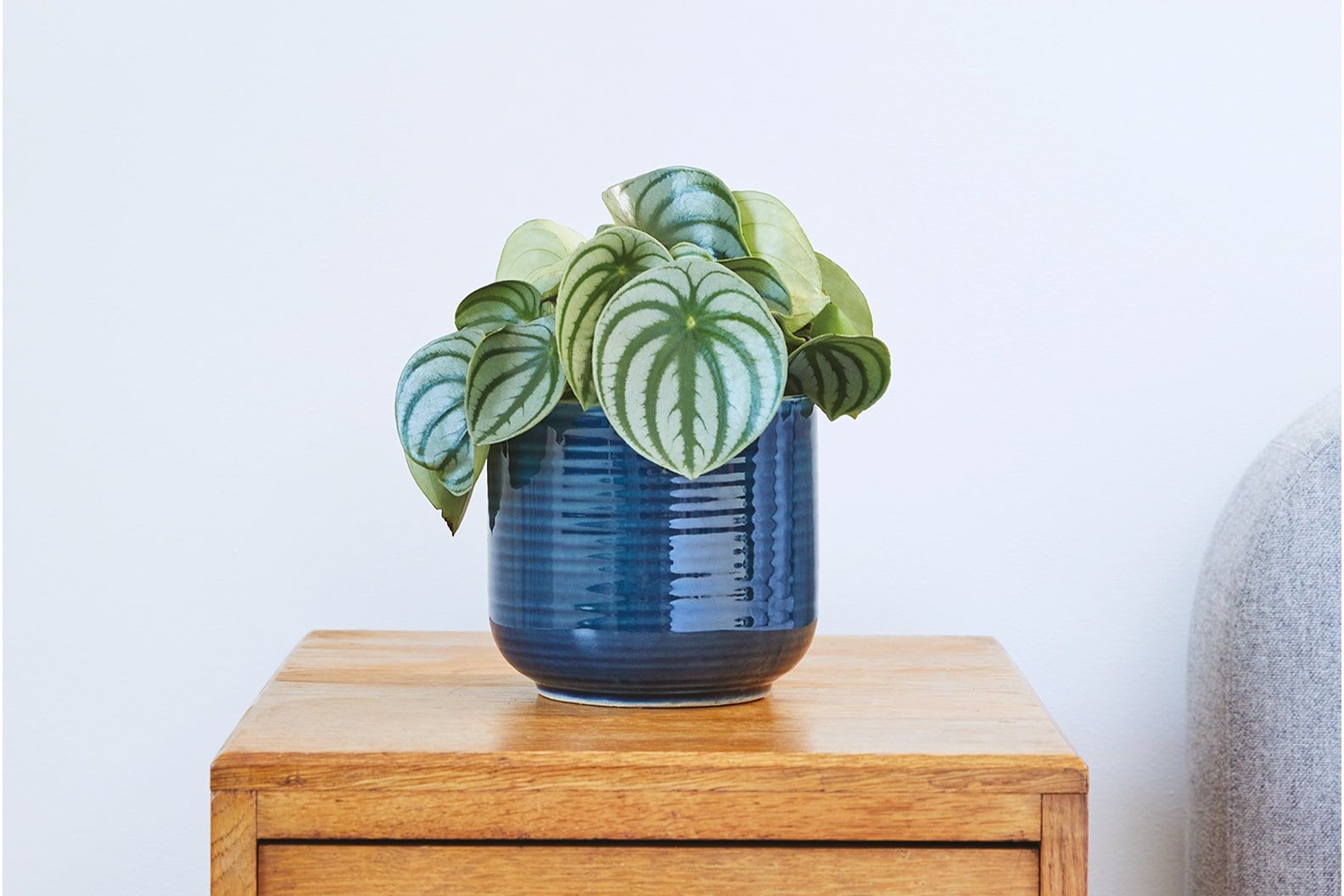
Are watermelon peperomias easy to care for?
Despite being tropical plants, watermelon peperomia aren't high-maintenance. As long as they get the right amount of water, they can be left to their own devices quite happily without growing out of control.
Watermelon peperomia are great plants for desks or bookshelves due to their modest size. They also pose no danger to pets or children because they aren't toxic.
How often should I water my watermelon peperomia?
To avoid a parched peperomia, use a quick finger dip test to check if the top inch or two of their soil is dry. Then give them a good swig of water until it starts to drip out of their nursery pot. Make sure there are plenty of drainage holes to prevent overwatering.
Not giving your plants a good enough soak will cause drooping leaves, while too much water can lead to rotting roots.
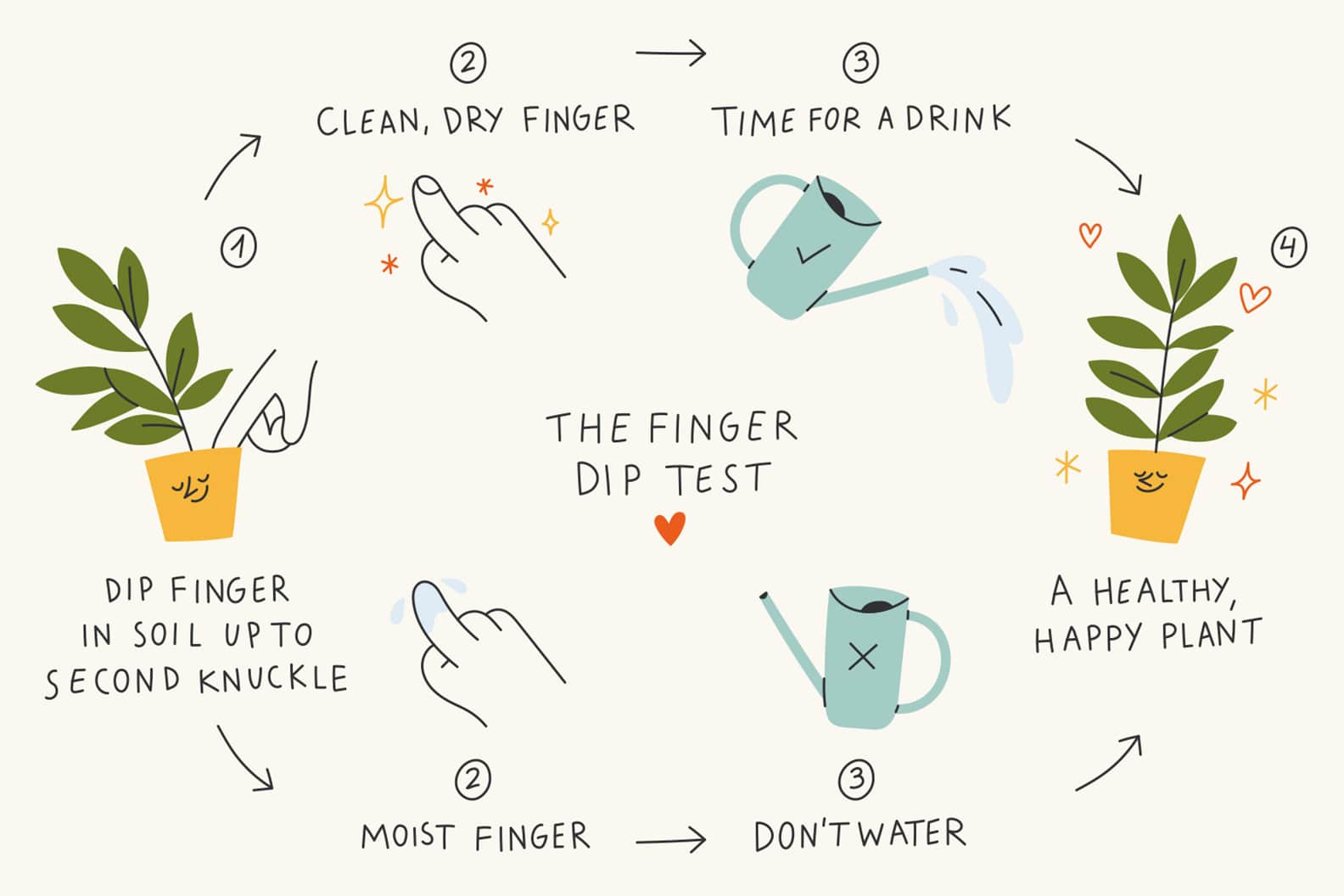
How much light does my watermelon peperomia need?
Wild watermelon peperomia get a nice mix of sunlight and shade underneath the forest canopy. You can copy these conditions at home by placing them in a spot that gets medium light.
Your peperomia will tell you if it’s getting too much sun because its splendid stripes will start to fade. This can also start to burn their lovely leaves. When not given enough light, you'll notice the foliage becoming a darker shade of green and losing its variegation.

What temperature is best for my watermelon peperomia?
These jungle dwellers thrive best in fairly hot and humid conditions. Their sweet spot ranges from 18 to 26°C, so they should be perfectly comfortable in most rooms. Avoid cold draughts and dry air from windows or radiators, which can dry them out.
To keep their leaves looking lush, mist them every few days in warmer seasons or let them hang out with some tropical plant buddies. This helps to create a microclimate that keeps your plants moist and happy.
Should I repot my watermelon peperomia?
Watermelon peperomia like to take their time and even enjoy being a little snug in their pots. Don't be too eager to repot these gradual growers or they may struggle to thrive. Upgrading them to a bigger pot every two to three years should do the trick.
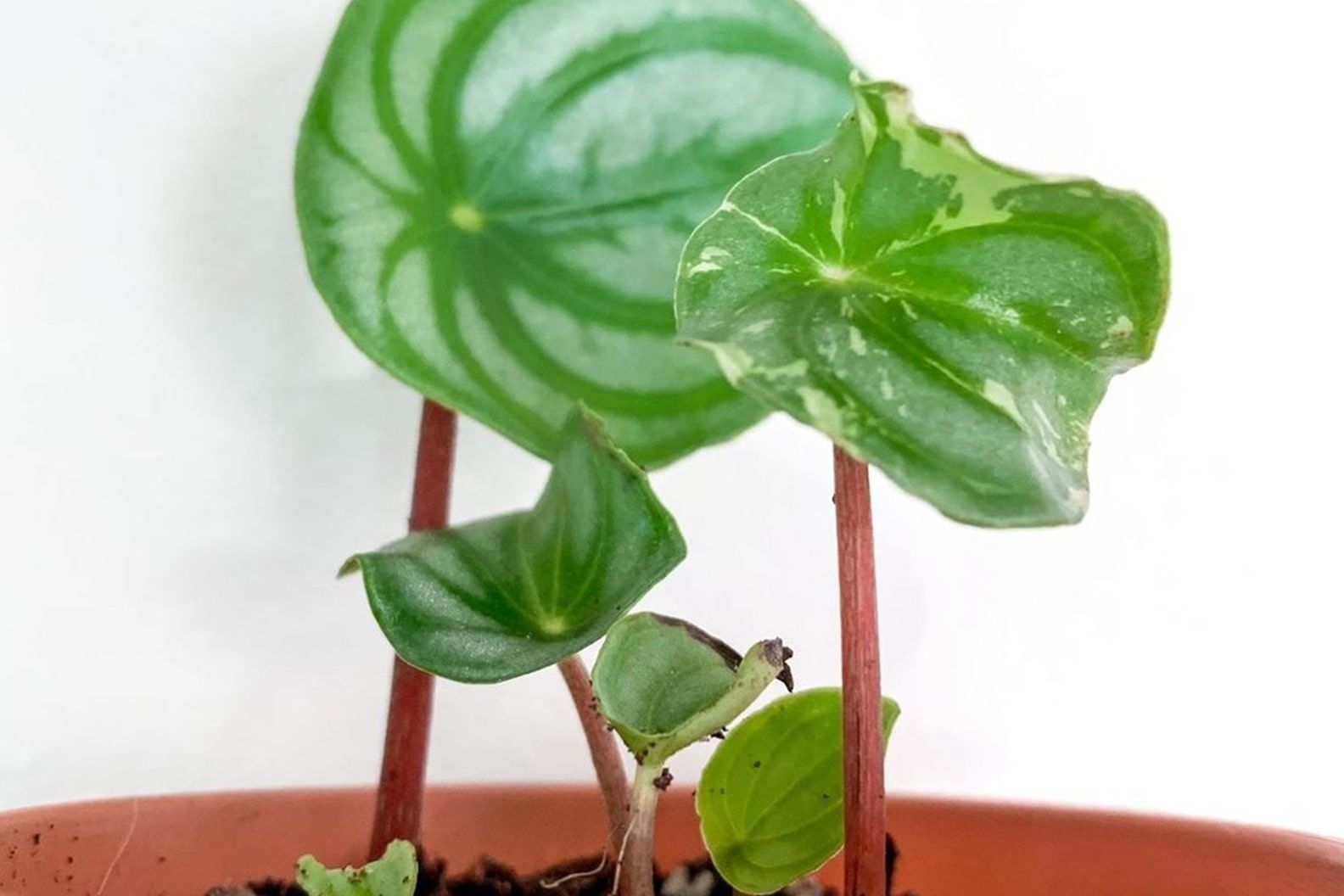
Does my watermelon peperomia need any extra love?
As they're used to competing on the jungle dance floor, watermelon peperomia don't like to be fussed too much. You can give them a little boost with some half-strength fertiliser during the spring and summer, but they only need to be fed one dose each month.
As lovely as they might be, watermelon peperomia leaves can also be a little delicate. Be careful when moving your plants and keep them in a spot where they can't be damaged by wandering hands or paws.
In this article
Rewild your inbox
Plant tips. Special offers. No spam.
You might like
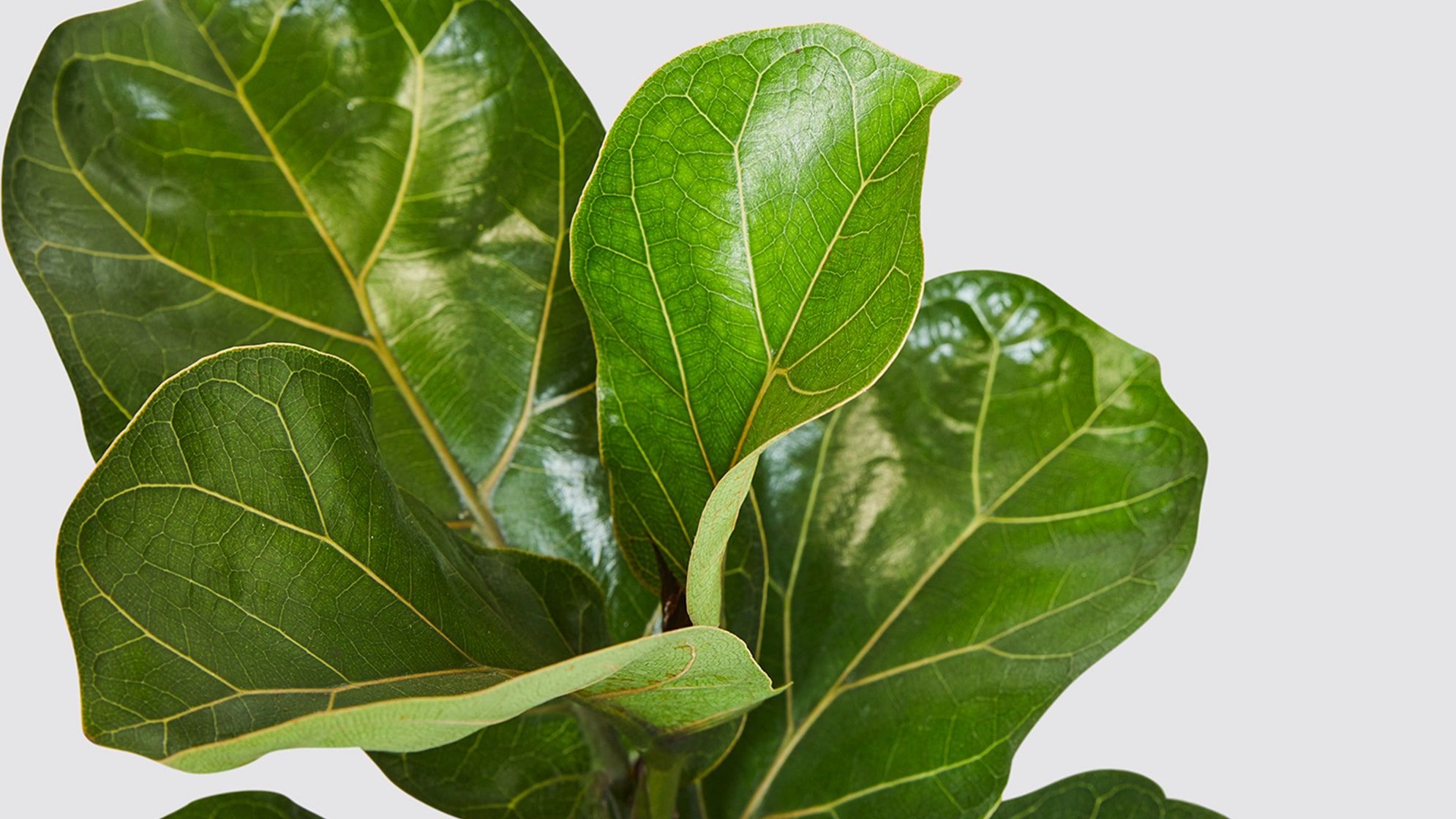
Complete guide to fiddle-leaf fig care
Once a trend, now an icon

Fabulous flowering indoor plants
Add colour to your urban jungle
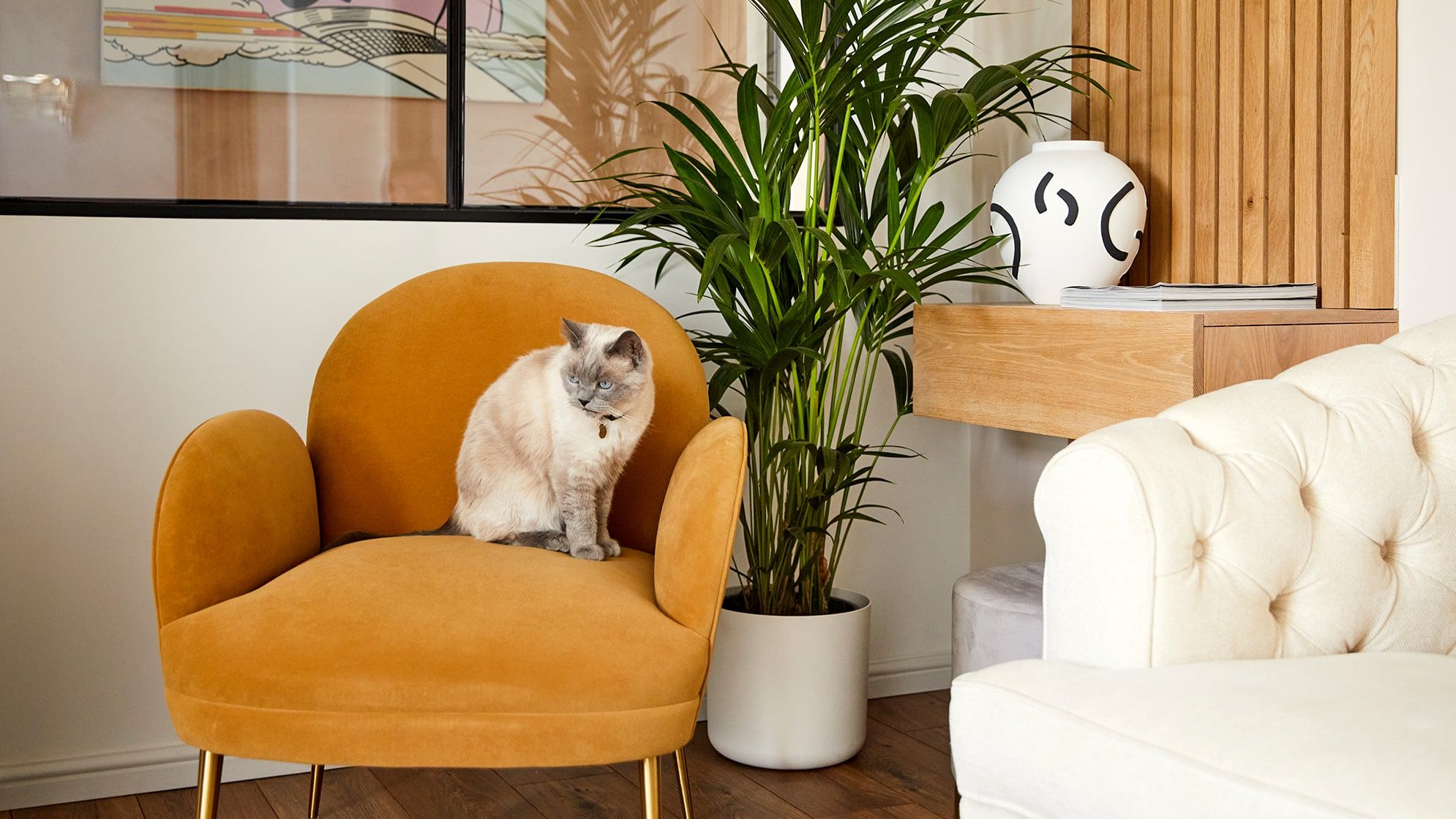
How to make your plants cat-friendly
Help your furry friend and plant pals get along

